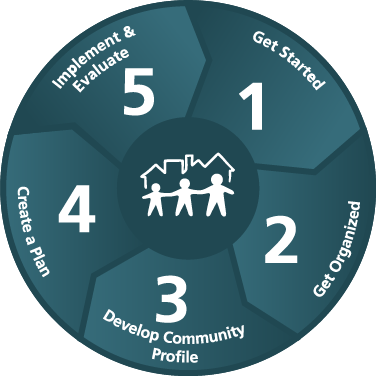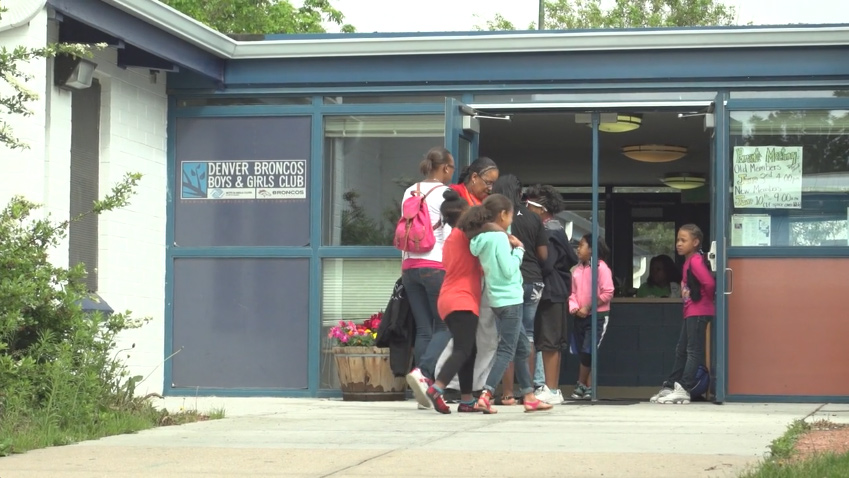Communities That Care guides communities through a proven five-phase change process. Using prevention science as its base, CTC promotes healthy youth development, improves youth outcomes, and reduces problem behaviors.
How to Get Started
The CTC process begins with a youth survey to identify a community’s risks and strengths. Based on these data, CTC helps communities select and implement tested & effective prevention programs and policies. CTC also helps amplify programs already working. Bach-Harrison provides surveys, analysis and reporting services to communities.
Graphic: The Five Phases of CTC

CTC Workshops
The Center for Communities That Care presents a series of web workshops—filled with instructional videos, guides, and personalized support. These workshops present the latest research and strategies from CTC. The Center provides support and training to a local coordinator/facilitator to run CTC workshops in your community using the web platform.
A CTC specialist will show you how to introduce CTC to your community, guide the process through each of its five phases, and use online tools for monitoring progress.
Contact the Center for CTC to set up an introductory meeting with our team and find out more about licensing, contracting, and how to include CTC PLUS in your grant proposal.
Online CTC workshops are available thanks, in part, to a grant from the National Institute on Drug Abuse.
Tools to Help Get Started:
- Download Tools for Community Leaders
- Watch “Strong Communities, Successful Kids”
- Visit our YouTube channel with our collection of free videos
- Explore the 5 Phases of CTC
- Download the CTC PLUS brochure
- Visit the Bach-Harrison website for surveys, analysis and reporting services to communities
By 8th grade panel students from CTC communities were:
33%
less likely to start smoking cigarettes
25%
less likely to engage in crime
37%
less likely to binge drink
CTC is Proven Effective
Communities That Care was tested in a randomized controlled trial. 24 communities across 7 states were matched in pairs within state and randomly assigned to either receive CTC or serve as control communities. Starting in 5th grade, a panel of 4407 students has been followed by our researchers, with positive effects in the CTC group sustained into adulthood.
A Good Investment
CTC’s significant effects on youth health and behavior problems produce long-term economic benefits. For every dollar invested in CTC, $5.691 is returned in the form of lower criminal justice system, crime victim, and health care costs, and increased earnings and tax revenues.





